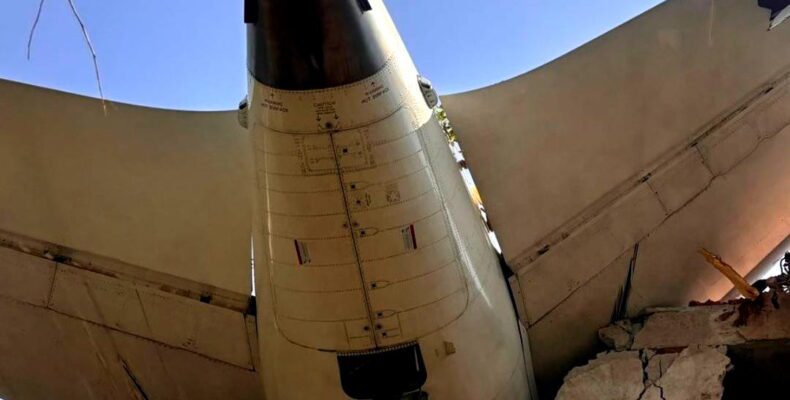Engine Fuel Control Switches Under Investigation
June 12, 2025, marked a dark day in aviation history as an Air India Boeing 787 went down after takeoff from Ahmedabad, a disaster that claimed hundreds of lives. It’s a catastrophic puzzle that we’re yet to fully piece together. Just what could bring a Boeing 787 crashing down merely seconds after launch?
But, hang on to your hats because Jon Ostrower from The Air Current has landed the scoop of the year on this peculiar investigation. The Air Current is the go-to source for top-tier aerospace insights (their safety content is free for all you budget-conscious readers out there). So, what’s the latest?
Boeing 787 Engine Fuel Control Switches Under the Microscope
The folks over at India’s Aircraft Accident Investigation Bureau (AAIB) are steering the investigation into the calamitous crash of Air India flight AI171. It’s a well-known fact these probes take their sweet time, but the AAIB hasn’t exactly been forthcoming or chatty about their findings with the general public.
We’re expecting a preliminary report to drop this week, following international norms that require an investigation summary within a month of any accident. But don’t expect any earth-shattering revelations; it’ll likely just list out the cold, hard facts without diving into the nitty-gritty of what actually caused the accident. That said, we do have a better sense of a potential contributing factor.
Reports suggest that the investigation has zeroed in on the engine fuel control switches’ movements, courtesy of a deep dive into the flight and voice data recorders. What these recorders reveal is that the switches were shifted around in a manner that, at the very least, raises eyebrows, potentially playing a part in this aerial tragedy.
The data at hand doesn’t scream “design flaw!” about the jet or its engines, nor do we have any evidence of tainted fuel or botched flap maneuvers. The absence of urgent directives to ground the fleet also hints that we might not be looking at a broad issue with the plane.
Right now, investigators are walking a tightrope, unable to confirm or dismiss improper, accidental, or deliberate actions leading to the engines’ silence. It’ll be a waiting game for months as they unravel the story behind the switches.
Decoding the Engine Fuel Control Switch Enigma
These engine fuel control switches don’t mess around. They only have two modes: RUN and CUTOFF. Typically, they stay in their lanes on the ground, assisting with the start-up or shutdown of engines. Yes, they can make an appearance mid-air if an engine decides to throw in the towel.
Flick the switch from “RUN” to “CUTOFF” and watch the engine power down faster than you can say “lost thrust.”
Housed beneath the Dreamliner’s throttle handles, these switches come with their own security detail of brackets and a metal stop lock to prevent accidental tinkering. Moving them takes a deliberate lift-and-shift effort, akin to removing a stubborn jar lid.
While this is a significant clue, it still leaves us pondering: what would push pilots to fiddle with these switches? They’re standard procedure in an engine failure, but that’s the last thing you want as you’re just getting airborne.
The flight data recorder has offered investigators a peek into the sequence of events. The spotlight on the switches, rather than the aftermath of any engine struggles, suggests the switches themselves are the elephant in the room.
Questions swirl around whether someone intentionally altered these switches, and if so, why? It brings to mind the October 2023 incident involving an off-duty pilot who attempted a similar stunt in an Embraer jet, but was thankfully thwarted. He later admitted his psychedelic-fueled lapse in judgment, but let’s not jump to conclusions just yet.
Bottom Line
The probe into the Air India Boeing 787 crash is honing in on the jittery engine fuel control switches in the tense moments before the disaster. These switches, capable of cutting off fuel to the engines, are a smoking gun in this mystery.
The million-dollar question is why these switches would be meddled with during a critical phase like takeoff when you have no room for error? Under normal circumstances, they cool their heels on the ground or deal with engine failures, but not seconds after the wheels leave the runway with no engine failure red flags.
How this whole saga unfolds is anyone’s guess, but the focus on those engine fuel control switches shines the brightest light we’ve seen yet in this dark tale.
What’s your take on this engine fuel control switch mystery?
If these aerial mysteries fascinate you, take a break from the skies and dive into the magic of the Val Seny ski resort for a different kind of escape.
